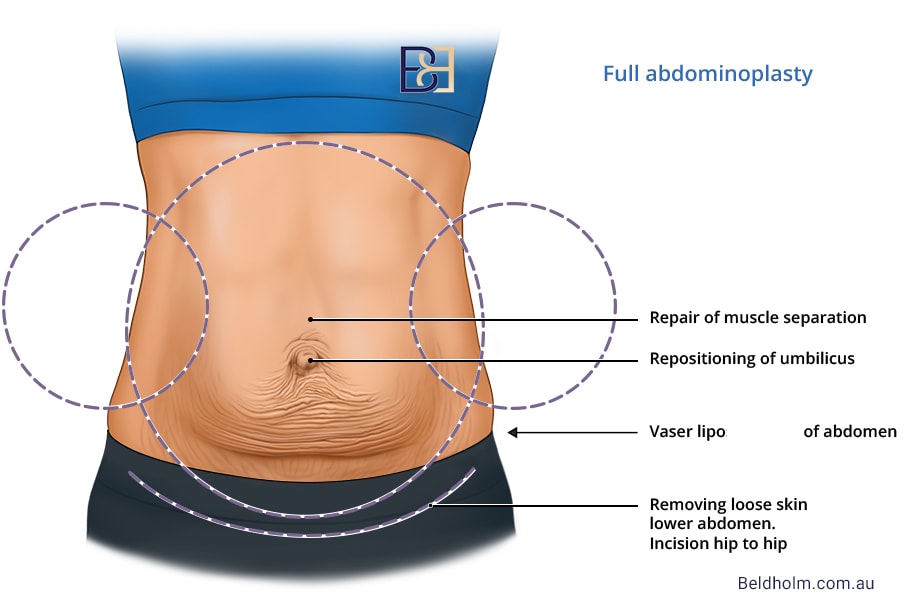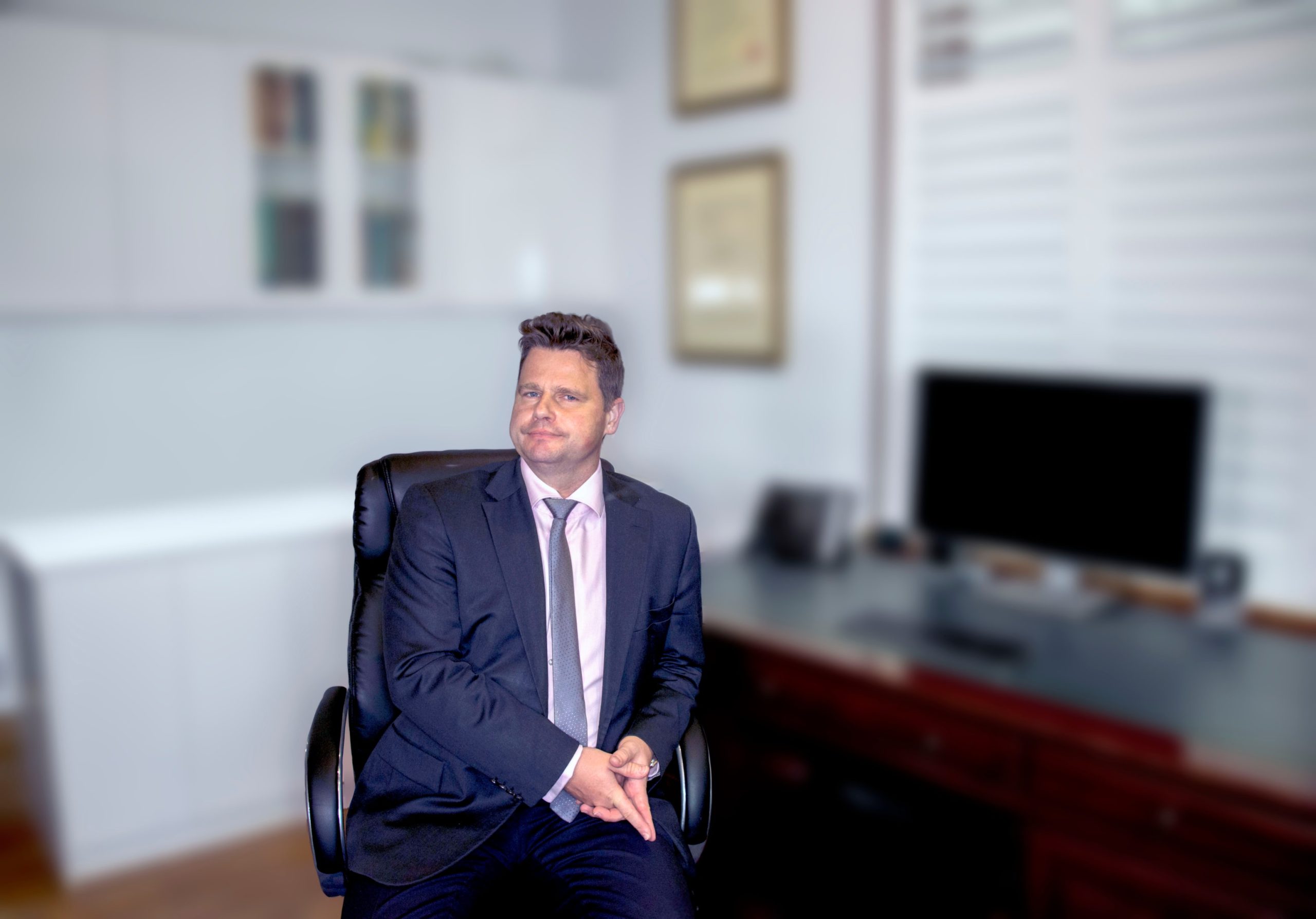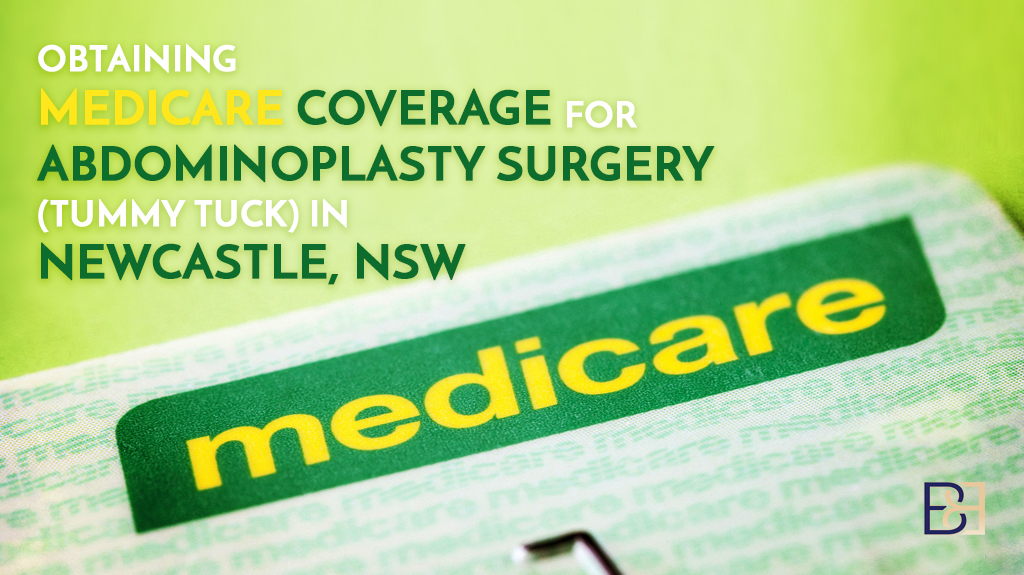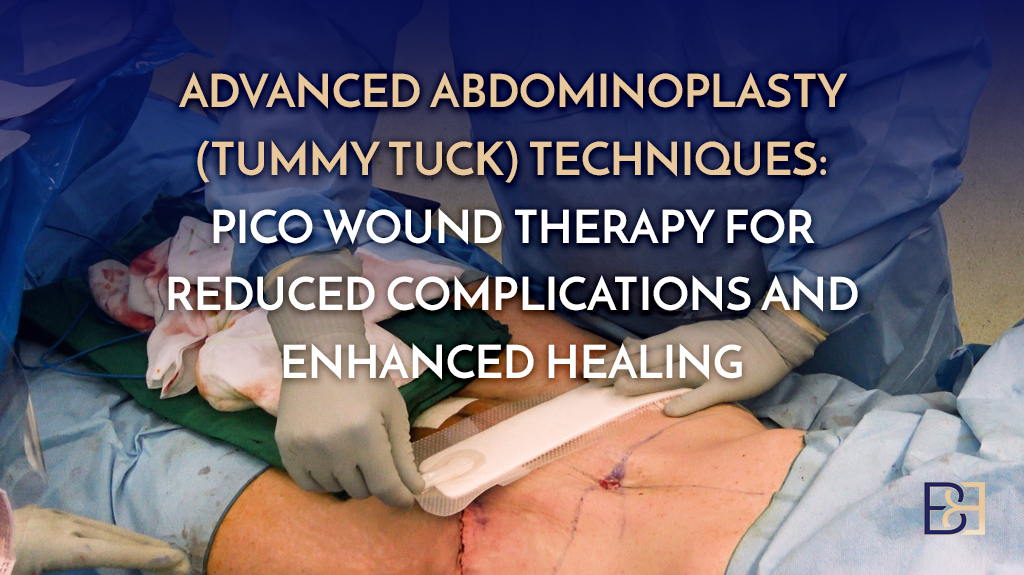Preparing for your abdominoplasty is vital for a smooth surgery and recovery. This guide answers key questions on understanding the procedure, choosing a qualified surgeon, and getting your body ready. It also covers home and emotional prep to ensure you’re fully prepared.
Key Takeaways
- Understand the abdominoplasty procedure and set realistic expectations.
- Preparing your body with a stable weight and cessation of smoking is crucial for optimal recovery.
- Establishing a supportive home environment and a clear plan for post-surgery care helps facilitate a smoother recovery process.
Understanding Abdominoplasty Surgery

Book your appointment online now
The journey to a successful abdominoplasty surgery begins with understanding the procedure itself. A tummy tuck, or abdominoplasty, aims to remove excess skin and tighten abdominal muscles, providing a toned and slimmer appearance. The procedure typically involves making incisions to remove skin and fat, tightening the fascia over the abdominal muscles, and repositioning the skin around the umbilicus (belly button) through a small incision.
The surgery typically lasts three to four hours and results in a scar along the natural crease within the bikini line. There will also generally be a scar around your umbilicus (belly button) unless you are having a mini abdominoplasty.

An abdominoplasty treats three main areas: loose skin, muscle separation, and excess fat. The excess fat is treated using liposuction techniques. Adding suction-assisted lipectomy (VASER liposuction) to the abdominoplasty surgery can boost the results by effectively targeting and removing stubborn fat deposits. This advanced method uses ultrasound technology to break down fat cells, making them easier to remove while preserving surrounding tissues. The combination of abdominoplasty and suction-assisted lipectomy (VASER liposuction) can provide the best overall results.
Researching the Abdominoplasty Procedure

Tattoo blurred for privacy (Arms & Upper left chest)
Disclaimer: Operation performed by Dr Bernard Beldholm. Adult content, surgery has risks; individual results vary, seek 2nd opinion. Please see the full disclaimer.
Before undergoing abdominoplasty surgery, it’s essential to research the procedure thoroughly. This includes understanding the surgical process, potential risks, and the recovery timeline. Being at or near your ideal body weight is important for the best possible outcome, as weight stability is essential to avoid complications.
Discuss your current medications and supplements with your surgeon, as some adjustments may be needed to reduce bleeding risk. With this knowledge, you can ensure a smoother experience and a better surgery outcome.
Choosing a Qualified Specialist Surgeon

Selecting the right surgeon is a pivotal step in your journey. Look for certified specialist surgeons FRACS (Such as Dr Bernard Beldholm) who focus on abdominoplasty procedures, as their expertise and experience are crucial for a successful surgery. Initial consultations are an excellent opportunity to discuss the surgeon’s approach, review their before-and-after photos, and understand their complication rates.
Assessing the surgeon’s portfolio and building rapport will help you feel at ease. Ultimately, selecting a qualified surgeon ensures your surgery’s outcome meets your expectations.
Setting Realistic Expectations
Setting realistic expectations is key to a satisfying abdominoplasty experience. It’s important to understand that abdominoplasty primarily focuses on reshaping and refining the abdominal area rather than facilitating weight loss.
Aligning your expectations with achievable outcomes allows you to approach the procedure with a positive mindset and realistic goals.
Preparing Your Body for Surgery

Preparing your body for abdominoplasty surgery involves several critical steps. Stability in weight, a balanced diet, regular exercise, and quitting smoking are essential components. Managing medical conditions like diabetes and high blood pressure is crucial, as these can impact the surgery’s outcome and recovery.
Significant weight fluctuations, future pregnancies, and aging can affect results, making physical preparation vital. A thorough medical evaluation, including blood tests, a physical examination, and a review of your health and medical history, ensures your body is ready for the surgical procedure.
Taking these steps helps your body’s ability to heal and recover smoothly.
Maintaining a Stable Weight
Maintaining a stable weight is necessary for lasting results. It’s ideal to start maintaining weight stability at least six months before surgery. Significant weight gain or loss can negatively impact the surgical outcome, leading to complications and affecting the body’s ability to heal.
Adopting a wellness-based lifestyle and focusing on weight stability sets the foundation for a successful surgery and recovery.
Healthy Diet and Regular Exercise
A balanced diet and regular exercise are crucial in the lead-up to your surgery. A diet rich in proteins, vitamins, and minerals supports your body’s preparation and recovery. Stock up on healthy snacks and prepare meals in advance to maintain a balanced diet during recovery.
Engaging in moderate cardiovascular activities and strength training also aids in overall fitness, muscle tone, and circulation, which are beneficial before surgery. Prioritising an active and clean lifestyle for at least 6-12 months before surgery greatly assists in your recovery process.
Quitting Smoking and Adjusting Medications
Quitting smoking is critical for a successful recovery. Nicotine can impede healing and lead to wound complications, so patients should quit smoking at least six weeks before and after surgery. It’s also important to follow your surgeon’s instructions regarding starting or stopping certain medications before the surgery.
Pain medication and antibiotics are often prescribed to minimise infection risk and manage discomfort post-surgery. Avoid nicotine replacement therapies, as they can interfere with recovery. Making these adjustments increases your chances of a successful surgery.
Home Preparation for Smooth Recovery

Preparing your home before surgery is crucial for a smooth recovery. Organising meals, pet care, and other essentials will help ensure you can rest and heal without unnecessary stress.
Seek family support or explore other options for additional help during your recovery period. A well-prepared home environment can significantly ease your recovery process and contribute to a successful surgery outcome.
Creating a Comfortable Recovery Area

Creating a comfortable recovery area is essential to facilitate healing and reduce stress.
Set up a space with necessities within reach, such as:
- water
- snacks
- medications
- entertainment
Use multiple pillows to adjust your bed to a supportive reclined position, similar to a beach chair, to help reduce swelling.
Stocking Up on Essentials
Stocking up on essentials before your surgery can reduce stress and ensure you have everything you need at hand. Open any packages of online purchases ahead of time to make sure you have all the necessary items available. This includes groceries, medications, and other necessities.
Being well-prepared allows you to focus on recovery without worrying about running out of essential supplies.
Arranging Assistance and Transportation
Arranging reliable transportation and assistance is crucial for the day of your surgery and the recovery period. Ensure you have a trustworthy person to drive you to and from the hospital, as you will not be able to drive yourself post-surgery.
If uncertain about where to seek help, consult Dr. Beldholm’s team for resources. Confirm your transportation plans ahead of time to ensure a stress-free surgery day.
Mental and Emotional Preparation
Mental and emotional preparation are just as important as physical preparation for surgery. Stress can negatively affect the body’s healing process, so it’s essential to manage anxiety and build a strong support network. Engaging in relaxation and calming activities the day before surgery can help reduce anxiety and ensure a smoother process.
Establishing a support network of friends and family provides crucial emotional reassurance during your preparation.
Reducing Stress and Anxiety
Reducing stress and anxiety before surgery is crucial for your mental well-being. Engaging in relaxation techniques such as deep breathing can significantly boost calmness. Listening to music and practising relaxation techniques can also help reduce anxiety levels.
Managing stress and anxiety allows you to approach surgery with a clearer mind and a more positive outlook.
Seeking Emotional Support
Seeking emotional support from loved ones is vital for managing preoperative anxiety. Spend time with supportive friends and family, and discuss your feelings with them to alleviate anxiety. Engaging in calming activities is beneficial for mental well-being before surgery. Options like meditation, yoga, or talking to a therapist can be particularly helpful.
A strong emotional support network can significantly impact your preparation and recovery process.
Practical Tips for Surgery Day

On the day of your surgery, practical tips can help ensure everything goes smoothly. Choose clothing that fits loosely. Also, it’s best to leave your valuables at home. Make sure you have packed your hospital bag with all the necessary items, followed pre-operative instructions, and any last-minute questions.
Packing Your Hospital Bag
Packing your hospital bag with the right items is essential for a comfortable hospital stay. Include loose, comfortable clothing, a robe, slippers, personal hygiene items, requested documents, and a list of medications. Make sure to include personal hygiene items such as toothbrushes, soap, and deodorant.
Use a small, secure bag that zips shut for packing your essentials. Pick up prescriptions in advance to ensure they are ready before surgery day.
Following Pre-Operative Instructions
Following pre-operative instructions is crucial to prevent complications. Avoid eating or drinking any substances, including water, after midnight before surgery. It is important to stay hydrated. However, be sure to follow your surgeon’s guidelines on fluid intake, particularly the day before your surgery.
Avoid high-sodium foods, carbonated beverages, and certain vegetables; eat light, easily digestible foods. Adhering to these instructions helps avoid surgery delays or complications.
Final Checks and Last-Minute Questions
Before surgery, ensure you have confirmed your surgery time and any last-minute instructions with your surgeon’s office. Understand the day of your surgery, including your arrival time and location. Discuss any concerns or questions with Dr. Beldholm or his staff to ensure clarity.
Include your hospital bag, transportation arrangements, care arrangements, and any house preparations in your final checklist for surgery preparation.
Post-Surgery Care and Recovery

Post-surgery care and recovery are critical to achieving the best results from your surgery. Potential risks include fluid accumulation under the skin, poor wound healing, and unexpected scarring. During the first week, you may experience soreness and swelling, making it the most challenging time physically and mentally.
Small tubes may be inserted at the incision site. Their purpose is to drain any excess blood or fluid. Setting up a recovery area with a reclined position and having immediate access to necessities like pain medication can ease the recovery process. Resting a lot and avoiding overexertion during the first few days is crucial.
Wearing a supportive abdominal garment for about six weeks will assist in healing. Having reliable support for daily activities and sharing your recovery timeline with those assisting you can make a significant difference.
Managing Pain and Medication
Managing pain and medication effectively is essential for a smooth recovery. It’s important to take pain medication on time to stay ahead of the pain. After a tummy tuck, patients are usually given pain medication, such as Panadol, for pain management. To ensure timely medication intake, make a schedule and set alarms.
Proper pain management can provide comfort and aid in the overall recovery experience.
Monitoring Healing and Follow-Up Visits
Monitoring healing and scheduling follow-up visits are essential aspects of post-surgery care. Follow-up visits ensure a smooth recovery by tracking your healing progress and identifying any potential complications. During these visits, Dr Beldholm and his nurses will monitor healing progress and watch for signs of complications.
These visits are crucial for ensuring that your recovery is on track and that any issues are dealt with swiftly.
Gradual Return to Normal Activities
Gradually returning to normal activities after surgery is crucial for a successful recovery. Patients should avoid physically demanding jobs for at least two weeks, particularly if their work involves heavy lifting. To prevent pain, avoid bending your torso after abdominal surgery.
Resuming normal activities slowly and carefully will help ensure a smooth recovery and prevent complications. By following these guidelines, you can transition back to your regular routine with ease.
Dr Beldholm’s Final Thoughts

Book your appointment online now
I want to emphasise the importance of a comprehensive approach when preparing for abdominoplasty surgery. Understanding the procedure, selecting a qualified surgeon, setting realistic expectations, and preparing your body, home, and mind are crucial steps in this journey. Maintaining a stable weight, following a balanced diet and exercise routine, quitting smoking, and adjusting medications lay the groundwork for a successful surgery.
Additionally, preparing your home and seeking emotional support can significantly ease your recovery process. The ultimate goal is to ensure a smooth recovery and achieve the best possible results. With the right preparation and mindset, you’re well on your way to a successful abdominoplasty experience. Remember, your commitment to these steps is key to the outcome of your surgery.
Frequently Asked Questions
Why is maintaining a stable weight important before abdominoplasty surgery?
Keeping a stable weight before abdominoplasty surgery is key because any drastic changes can mess with your results and healing process. Aim for weight stability at least six months prior for the best outcome.
What should I include in my hospital bag for abdominoplasty surgery?
Pack loose, comfy clothes, a robe, slippers, and your personal hygiene items like a toothbrush and deodorant. Don’t forget any requested documents and a list of your medications!
How can I reduce stress and anxiety before my surgery?
You can totally reduce stress and anxiety before your surgery by trying deep breathing exercises, listening to your favourite tunes, and spending time with supportive friends or family. Just sharing how you feel can really help calm those nerves.
What are some essential steps to prepare my home for a smooth recovery?
To ensure a smooth recovery, organize meals, pet care, and have everything you need within reach. Set up a cozy spot with water, snacks, meds, and entertainment close by to make your recovery easier.
References
- Chang, Lawrence K., and Duane C. Whitaker. “The Impact of Herbal Medicines on Dermatologic Surgery.” Dermatologic Surgery, vol. 27, no. 8, 2001, pp. 759–763., doi:10.1046/j.1524-4725.2001.01089.x.
- McDaniel, Jodi C, and Kristine K Browning. “Smoking, Chronic Wound Healing, and Implications for Evidence-Based Practice.” Journal of Wound, Ostomy and Continence Nursing, 24 Nov. 2014, pp. 415–423.




